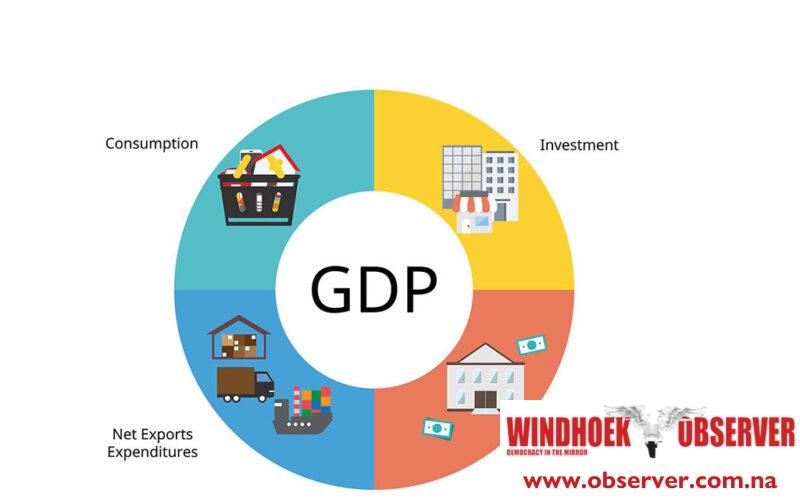CHAMWE KAIRA
Namibia’s total domestic government debt reached N$123.51 billion by the end of September, reflecting an increase of N$2.04 billion.
Fixed-rate bonds (GCs) contributed significantly to this growth, accounting for 63% of the increase through the issuance of N$1.27 billion in GCs. In contrast, inflation-linked bonds contributed a modest 4%, totaling N$80 million.
The Namibian government bond yields have experienced significant compressions, particularly within the 10 to 20-year tenors since the start of this year, according to a report by Simonis Storm research and wealth management company.
The yield on the GC40 decreased by 139 basis points, while the GC37 saw a decline of 128 basis points. On average, yields narrowed by 79 basis points between January and September.
Simonis said earlier in the year, yields were on a moderate upward trajectory, with the GC50 reaching a peak of 14% in April.
“However, this upward trend reversed as markets began anticipating interest rate reductions, resulting in a steady decline in yields,” the firm said.
Simonis said the Bank of Namibia exceeded its borrowing plan to issue N$745 million in government bonds, likely to meet financial obligations for October. Additionally, Treasury bills saw a net issuance of N$685 million, with the 182-day and 273-day TBs showing higher issuance relative to maturing debt.
The latest GC25 switch auction demonstrated heightened demand, with a nominal amount of N$1.04 billion tendered and nearly N$945 million successfully switched. This auction reduced the outstanding amount on the GC25 to approximately N$2.60 billion. As a result, the total outstanding government bonds maturing by the end of 2025, which include the GC24, GC25, and GI25, decreased to N$5.83 billion.
Simonis said the Bank of Namibia faces significant financial obligations in October, including coupon payments across multiple bonds (GC24, GC25, GC26, GI27, GC28, GC32, GI33, GC40, and GC48) and the redemption of the GC24, valued at N$1.27 billion, excluding its final coupon.
In the secondary market, a nominal amount of N$170.5 million was traded in September, an increase from the August volume of just under N$149.6 million. Inflation-linked bonds observed higher levels of trading activity, with approximately N$32 million traded, predominantly from the GI25, compared to a mere N$2 million in August.
Simonis said the prevailing sentiment regarding a potential cutting cycle appears to be driving investor interest toward longer-dated bonds. Both GC26 and GC27 have traded at a premium, reflecting yields that continue to trend downward, the firm said.
Simonis said local Treasury Bill yields have shown a subdued decline in interest rates, with the Treasury Bill curve displaying a disinversion compared to yields prior to rate cuts.




